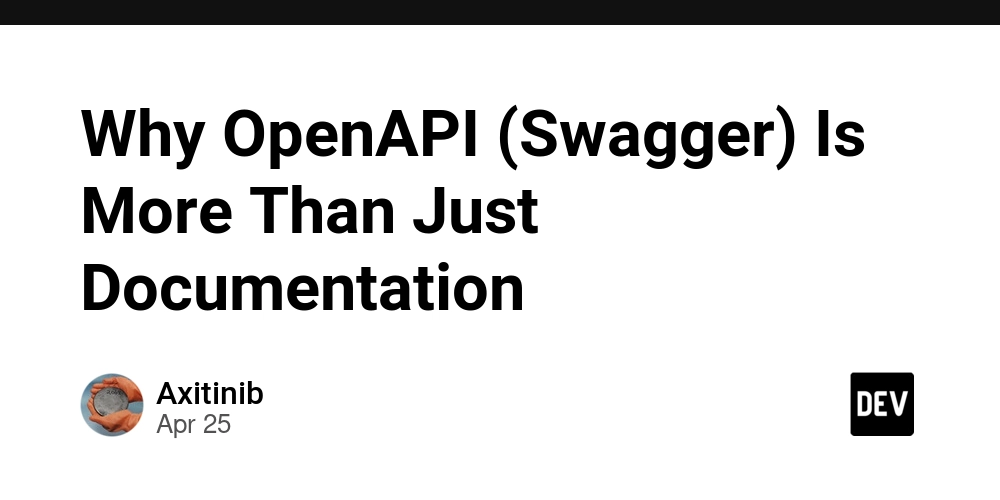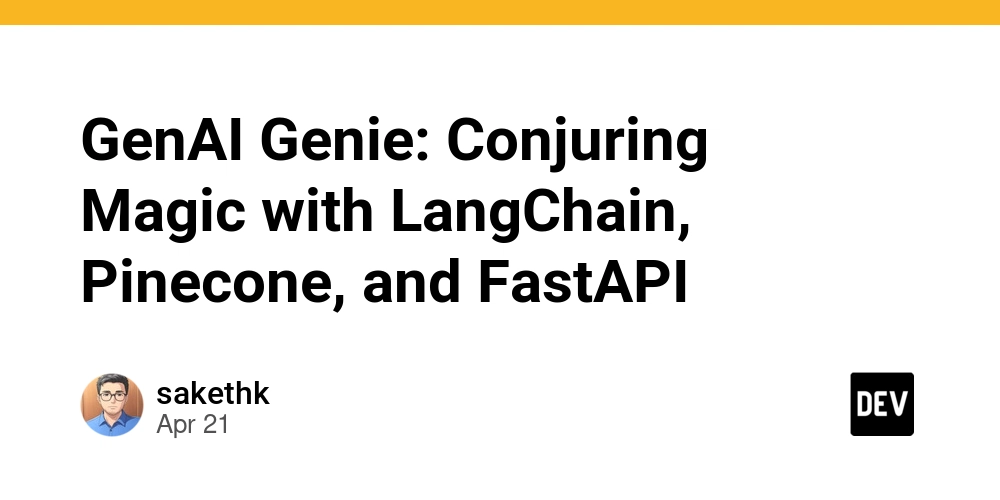Mastering Terraform: A Topic-Wise Roadmap from Beginner to Pro
Lets get Started!… Introduction to Terraform What is Terraform? Infrastructure as Code (IaC) concept Why Terraform? Benefits over other IaC tools Terraform vs CloudFormation vs Pulumi (Optional Comparison) Terraform Basics Installation & Setup (CLI, VS Code setup) Terraform Workflow: Init → Plan → Apply → Destroy Understanding Terraform Providers Basic Syntax (HCL - HashiCorp Configuration Language) Terraform Configuration Files Understanding the Purpose of main.tf, variables.tf, outputs.tf, terraform.tfvars Resource blocks and argument structure Input variables and types Output values and how to use them State Management What is Terraform State? Understanding the terraform.tfstate and terraform.tfstate.backup terraform refresh, taint, replace, state commands Remote backend setup (S3, Terraform Cloud) Variables & Data Types Input variables: strings, numbers, bools, maps, lists, objects Variable validation Default values Sensitive variables Modules in Terraform Why use modules? Creating and using custom modules Using public modules (Terraform Registry) Module versioning and structure Provisioners & Meta-Arguments Provisioner (local-exec, remote-exec) Meta-arguments: depends_on, count, for_each, lifecycle Data Sources What are data sources? Using data blocks to fetch existing resources Real-time examples: fetching AMIs, VPCs, etc. Remote Backends & Workspaces Setting up remote backend (e.g., S3 with DynamoDB locking) How to utilize Multiple environments using Workspaces Benefits of using remote state Terraform Cloud & CLI Integration Terraform Cloud basics Using Terraform CLI with Terraform Cloud Workspace management and remote runs Debugging & Best Practices Terraform logging and debugging Formatting with terraform fmt Naming conventions and folder structure Security in Terraform Secure storage of credentials (env vars, AWS CLI, vaults) Avoiding hardcoded secrets Using IAM roles and profiles properly CI/CD with Terraform Basic Git integration Using Terraform in Bitbucket Pipelines/GitHub Actions/GitLab CI Plan & Apply with approval gates Real-World Projects Getting started with Deploying EC2 with VPC, Subnets, SGs S3 Bucket with versioning & encryption Serverless setup (Lambda, API Gateway, DynamoDB) EKS Cluster or ECS Fargate using modules Final Summary: Terraform is a powerful tool for managing infrastructure as code, and learning it systematically can significantly boost your DevOps and cloud engineering skills. This topic-wise breakdown is designed to help you move from foundational concepts to advanced use cases at your own pace. By following this structured path, you’ll not only understand how Terraform works, but also gain the confidence to design, deploy, and manage complex infrastructure efficiently. Stick with the roadmap, practice regularly, and soon you’ll be writing Terraform like a pro.

Lets get Started!…
- Introduction to Terraform What is Terraform?
Infrastructure as Code (IaC) concept
Why Terraform? Benefits over other IaC tools
Terraform vs CloudFormation vs Pulumi (Optional Comparison)
- Terraform Basics Installation & Setup (CLI, VS Code setup)
Terraform Workflow: Init → Plan → Apply → Destroy
Understanding Terraform Providers
Basic Syntax (HCL - HashiCorp Configuration Language)
- Terraform Configuration Files Understanding the Purpose of main.tf, variables.tf, outputs.tf, terraform.tfvars
Resource blocks and argument structure
Input variables and types
Output values and how to use them
- State Management What is Terraform State?
Understanding the terraform.tfstate and terraform.tfstate.backup
terraform refresh, taint, replace, state commands
Remote backend setup (S3, Terraform Cloud)
- Variables & Data Types Input variables: strings, numbers, bools, maps, lists, objects
Variable validation
Default values
Sensitive variables
- Modules in Terraform Why use modules?
Creating and using custom modules
Using public modules (Terraform Registry)
Module versioning and structure
- Provisioners & Meta-Arguments Provisioner (local-exec, remote-exec)
Meta-arguments: depends_on, count, for_each, lifecycle
- Data Sources What are data sources?
Using data blocks to fetch existing resources
Real-time examples: fetching AMIs, VPCs, etc.
- Remote Backends & Workspaces Setting up remote backend (e.g., S3 with DynamoDB locking)
How to utilize Multiple environments using Workspaces
Benefits of using remote state
- Terraform Cloud & CLI Integration Terraform Cloud basics
Using Terraform CLI with Terraform Cloud
Workspace management and remote runs
- Debugging & Best Practices Terraform logging and debugging
Formatting with terraform fmt
Naming conventions and folder structure
- Security in Terraform Secure storage of credentials (env vars, AWS CLI, vaults)
Avoiding hardcoded secrets
Using IAM roles and profiles properly
- CI/CD with Terraform Basic Git integration
Using Terraform in Bitbucket Pipelines/GitHub Actions/GitLab CI
Plan & Apply with approval gates
- Real-World Projects Getting started with Deploying EC2 with VPC, Subnets, SGs
S3 Bucket with versioning & encryption
Serverless setup (Lambda, API Gateway, DynamoDB)
EKS Cluster or ECS Fargate using modules
Final Summary:
Terraform is a powerful tool for managing infrastructure as code, and learning it systematically can significantly boost your DevOps and cloud engineering skills.
This topic-wise breakdown is designed to help you move from foundational concepts to advanced use cases at your own pace.
By following this structured path, you’ll not only understand how Terraform works, but also gain the confidence to design, deploy, and manage complex infrastructure efficiently.
Stick with the roadmap, practice regularly, and soon you’ll be writing Terraform like a pro.
































































































































































![[The AI Show Episode 143]: ChatGPT Revenue Surge, New AGI Timelines, Amazon’s AI Agent, Claude for Education, Model Context Protocol & LLMs Pass the Turing Test](https://www.marketingaiinstitute.com/hubfs/ep%20143%20cover.png)






























































































































![[DEALS] Koofr Cloud Storage: Lifetime Subscription (1TB) (80% off) & Other Deals Up To 98% Off – Offers End Soon!](https://www.javacodegeeks.com/wp-content/uploads/2012/12/jcg-logo.jpg)
























![Is this too much for a modular monolith system? [closed]](https://i.sstatic.net/pYL1nsfg.png)




















































































































_roibu_Alamy.jpg?width=1280&auto=webp&quality=80&disable=upscale#)




 CISO’s Core Focus.webp?#)






































































































![M4 MacBook Air Drops to Just $849 - Act Fast! [Lowest Price Ever]](https://www.iclarified.com/images/news/97140/97140/97140-640.jpg)
![Apple Smart Glasses Not Close to Being Ready as Meta Targets 2025 [Gurman]](https://www.iclarified.com/images/news/97139/97139/97139-640.jpg)
![iPadOS 19 May Introduce Menu Bar, iOS 19 to Support External Displays [Rumor]](https://www.iclarified.com/images/news/97137/97137/97137-640.jpg)







































































































